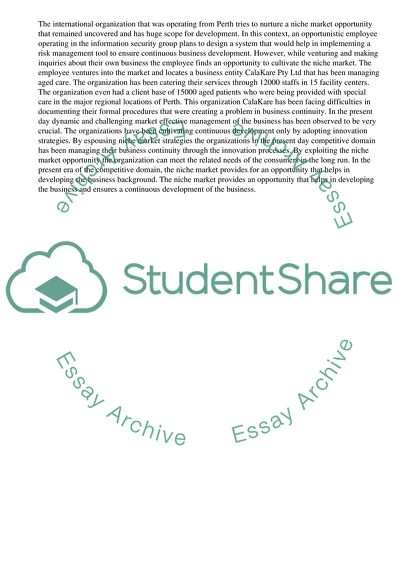Cite this document
(Developing a System for CalaKare Pty Ltd to Manage the Documentation Research Paper, n.d.)
Developing a System for CalaKare Pty Ltd to Manage the Documentation Research Paper. Retrieved from https://studentshare.org/management/1841158-major-written-report
Developing a System for CalaKare Pty Ltd to Manage the Documentation Research Paper. Retrieved from https://studentshare.org/management/1841158-major-written-report
(Developing a System for CalaKare Pty Ltd to Manage the Documentation Research Paper)
Developing a System for CalaKare Pty Ltd to Manage the Documentation Research Paper. https://studentshare.org/management/1841158-major-written-report.
Developing a System for CalaKare Pty Ltd to Manage the Documentation Research Paper. https://studentshare.org/management/1841158-major-written-report.
“Developing a System for CalaKare Pty Ltd to Manage the Documentation Research Paper”, n.d. https://studentshare.org/management/1841158-major-written-report.


